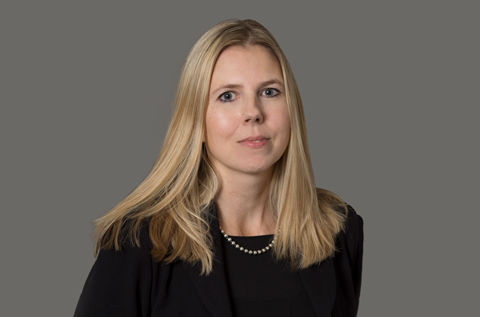Environmental Impact Assessments
09/10/23This article is published as part of Capsticks’ Local Government Forward View 2023.
The existing environmental assessment regimes, which include both environmental impact assessment (EIA) for projects, and strategic environmental assessment (SEA) for plans, have been developed over more than 30 years. Over the years, the regime has evolved to provide robust assessment of plans and projects which have the greatest risk of significant adverse impacts on the environment.
The aim of EIA is to ensure that when a local planning authority is determining a planning application for a project, which is likely to have significant effects on the environment, it does so in the full knowledge of the likely significant effects, and takes these into account in the decision making process.
The Town and Country Planning (Environmental Impact Assessment) Regulations 2017 set out a procedure for identifying those projects which should be subject to an EIA, and for assessing, consulting and coming to a decision on those projects.
Part 6 of the Levelling Up and Regeneration Bill seeks to introduce changes which will replace the SEA and EIA regime with a streamlined system of environmental assessment known as Environmental Outcomes Reports (EOR).
EORs are written reports intended to place greater focus on delivering environmental ambitions and should be a more efficient process.
EORS will identify:
- the impact of a project or plan on specific environmental outcomes
- the steps proposed for the purposes of avoiding, mitigating, remedying or compensating for the non-delivery of an outcome.
Most of the detail regarding the new EOR will be set out in separate regulations. The Secretary of State was granted the power to draft the EOR regulations after the end of the consultation period on the 9 June 2023. Following this, the draft regulations will be subject to further consultation, and as such it is unlikely that EIAs and SEAs will be replaced by EORs until mid-2024 at the earliest.
Local Government Forward View 2023
This article is part of Capsticks’ Local Government Forward View 2023. Read the other articles featured in this publication below:
- Combined Authorities
- Investment Zones
- Building Safety Reforms
- Levelling Up and Regeneration Bill
- Online Safety Bill
- Procurement Bill
- Industrial action
- The conflict between trans rights and religion or belief
- Public service pension scheme reform
How Capsticks can help
To discuss how this may affect your organisation, please get in touch with Suzanne Smith or Tiffany Cloynes.






